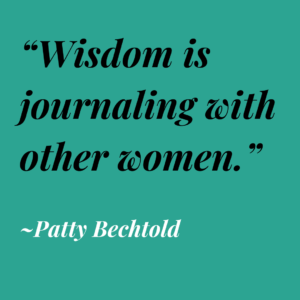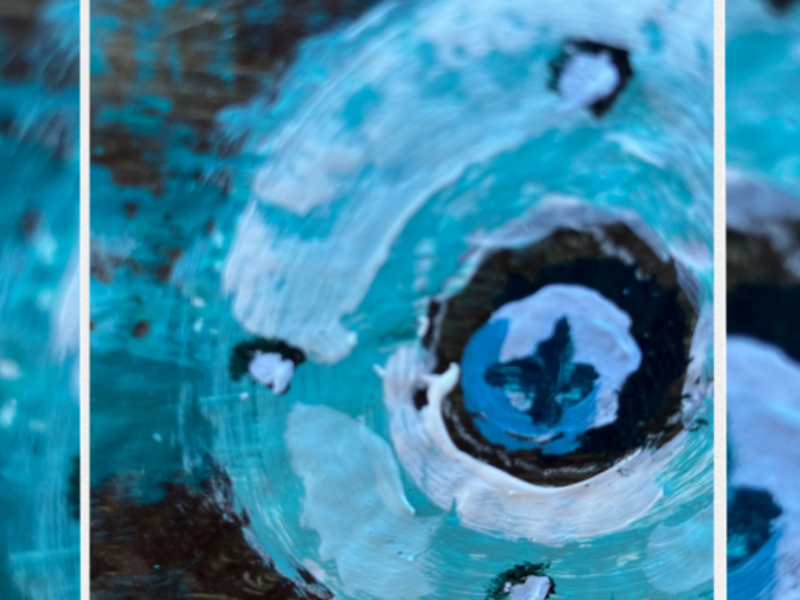One Word as Journal Entry
I love what Elizabeth Gilbert asks us as women creators in _Big Magic: Creative Living Beyond Fear_: “Do you have the courage to bring forth the treasures that are hidden within you?”
A “moment,” a “rebirth,” a “nest,” a “cocoon.” These words all come to mind when I think of the “seed I planted” for this shed shortly after my marital separation. 4 years later, and it is a real thing.
The shed is having a moment! The roof trusses are on and all four walls are standing!
And the “one word” journal entry is actually a thing. It’s not just the Zen Buddhist who gets to simplify! Try this for your next journal entry:
One Word (Beginning of Day Matin): Close your eyes, take a deep breath, and be still. Write one word on your wall, desk, or computer describing the feeling, energy, or task you would like to have in the foreground during your day today. Share here as a comment if you would like.
or
One Word (End of Day Vesper): Close your eyes, take a deep breath, and be still. When the day has come to an end, write one word describing the outcome, method, or process you achieved in your day today. Share here as a comment if you would like.










